In the midst of bustling streets and towering skyscrapers wildlife has found homes in cities. Despite the hustle and bustle many animals also thrive in urban settings. Whether its pigeons making nests on building ledges or coyotes exploring city parks urban wildlife has become a sight. This article delves into how different species readjusting to city living the obstacles they face and the positive impacts they bring to landscapes.
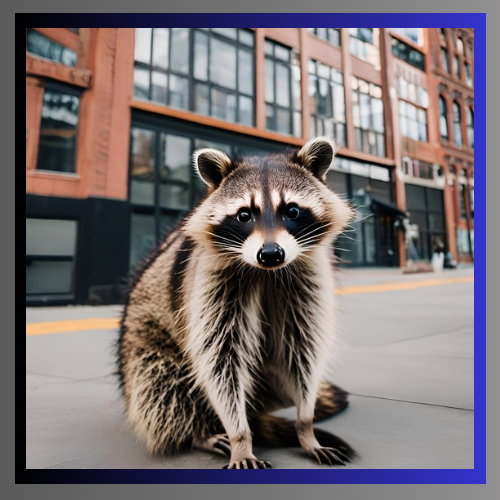
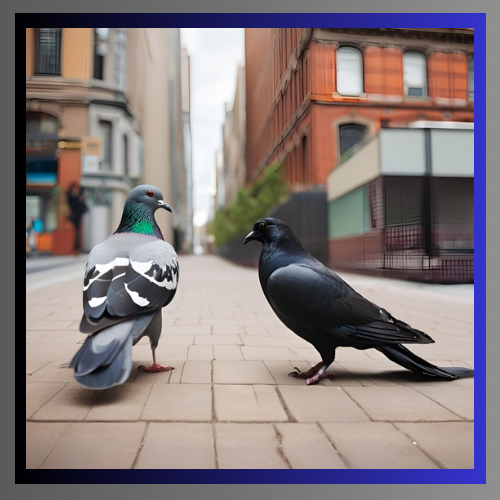
Adapting to Urban Life: Strategies of City Dwelling Wildlife
Avian Adaptability: Sky Masters of Urban Areas
Birds stand out as flexible residents of city environments. Species like pigeons, sparrows and crows have seamlessly integrated into life by finding food sources and nesting spots.
Pigeons, known for dwelling on cliffs have found building ledges and bridges to be alternatives to their natural habitats. They thrive on the food resources provided by humans whether inadvertently through waste disposal.
Crows and other corvids showcase intelligence and adaptability. They capitalize on activities to their benefit by using traffic as a tool to crack open and mastering navigation through complex urban terrains effortlessly.
Hawks and other birds of prey have adjusted their hunting strategies to target pigeon and rodent populations, in cities thereby maintaining an ecosystem even amidst urban chaos.
Mammals in the City: Adapting to Urban Life
Living in environments poses obstacles for mammals but many have successfully adjusted to the challenges.
Raccoons have gained a reputation as city dwellers, known for their paws and problem solving skills. They are often seen rummaging through garbage cans and seeking refuge in attics and basements showcasing their ability to adapt their diet and living spaces.
Coyotes are becoming increasingly prevalent in areas across North America. These versatile canines roam city parks, golf courses and even residential neighborhoods preying on mammals and scavenging for food. Their presence underscores how urban boundaries can be crossed by wildlife and highlights their resilience.
Bats take advantage of city surroundings by nesting in buildings and feeding on insects attracted by lights. This helps control insect populations also demonstrates the flexibility of these nocturnal creatures.
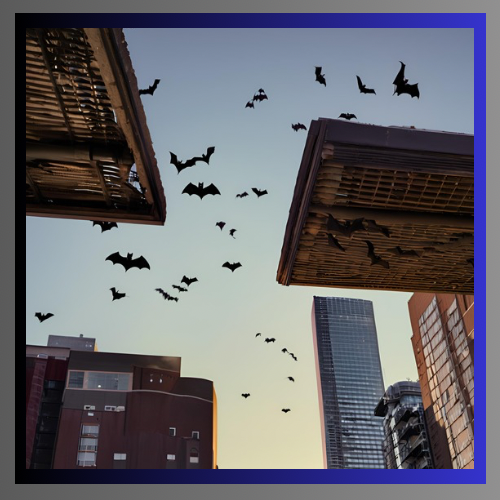
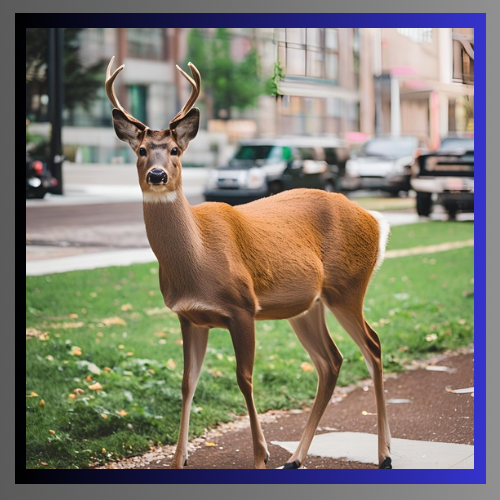
Challenges Faced by Wildlife in Urban Settings
Fragmentation and Loss of Habitats
One obstacle for wildlife is the fragmentation and loss of habitats. With cities expanding natural living spaces are often divided making it challenging for animals to find suitable habitats. Fragmented habitats can result in reduced diversity. Heightened competition for scarce resources.
Conflicts Between Humans and Wildlife
Increased interactions with humans can lead to conflicts.
Animals can sometimes cause trouble by damaging property rummaging through trash or creating risks of safety. For example deer in areas can lead to car accidents while raccoons may harm attics and roofs.
Concerns About Pollution and Health
Cities often have pollution levels that can impact the health of wildlife. Animals are exposed to substances like metals, pesticides and other toxins. Moreover artificial lights and noise can disrupt their behaviors affecting activities such as feeding, mating and migration patterns.
Surprising Advantages of Urban Wildlife
Despite the challenges they pose having wildlife in cities offers benefits that support balance and human well being.
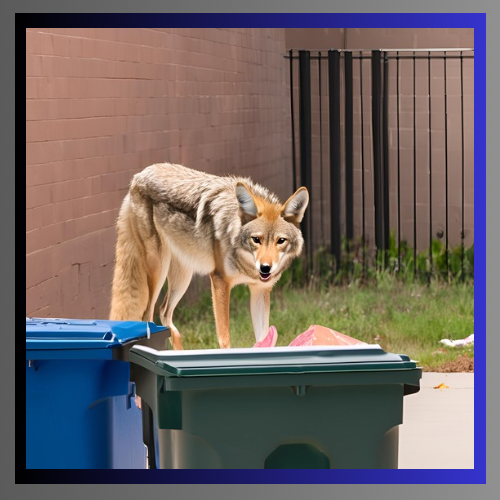
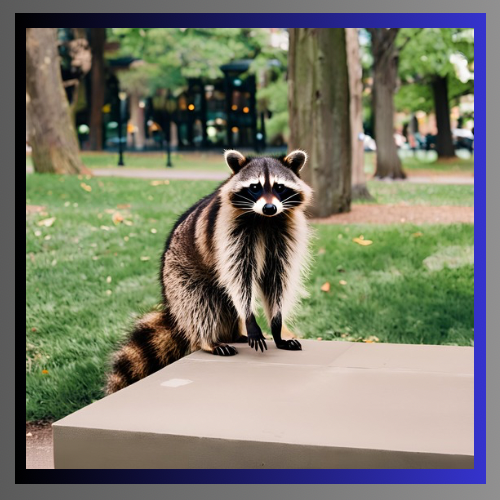
Surprising Advantages of Urban Wildlife
Despite the challenges they pose having wildlife in cities offers benefits that support balance and human well being.
1. Natural Pest Control
Many urban wildlife species play a role in managing pests. Predatory birds like hawks and owls help control populations. Bats also play a role by consuming numbers of insects reducing the need for chemical pest control.
2. Enhanced Biodiversity and Ecosystem Services
Urban wildlife contributes to biodiversity in developed areas. Green spaces like parks and gardens serve as habitats for a range of species. This urban biodiversity enhances ecosystem services such as pollination, seed dispersal, and soil health.
3. The educational and emotional benefits
Having wildlife in cities provides learning opportunities. Can create a connection to nature for city residents. Observing birds or encountering a fox can spark curiosity and knowledge for ones.
Moreover, urban wildlife can bring about well being. Research indicates that engaging with nature in ways can decrease stress levels, uplift mood, and promote overall happiness. Urban green areas where wildlife thrives serve as havens for urbanites offering a break from the hustle and bustle of city life.
Examples of Wildlife Thriving in Urban Settings
Peregrine Falcons: The Rulers of the Urban Sky
Peregrine falcons once facing extinction have made a comeback in cities. They make their nests on buildings resembling their natural cliff dwellings and prey on pigeons in urban areas. This adaptation has not aided in boosting their population. Also helped manage pigeon numbers within city limits.
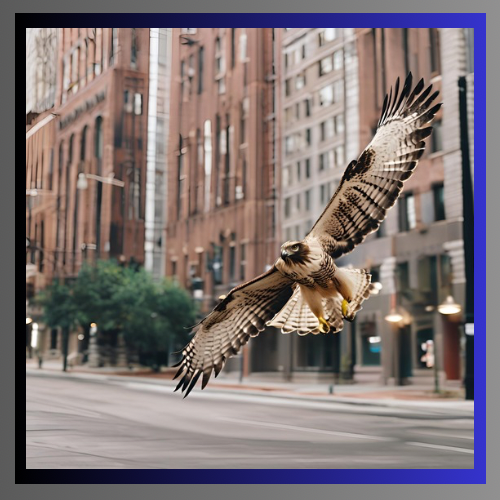
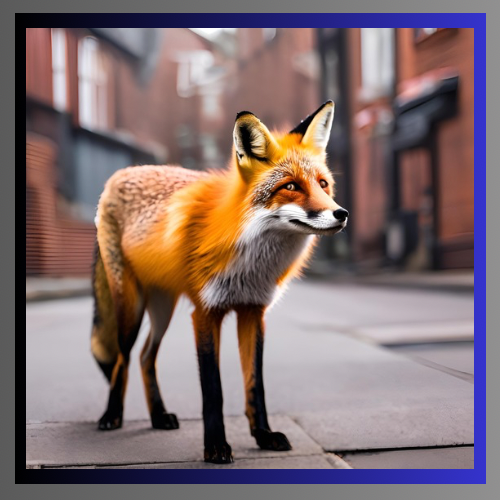
Urban Foxes: Nighttime Experts
Urban foxes have become a sight in European cities. They are creatures that navigate urban environments with ease. These foxes often scavenge food from trash bins and gardens while using spaces for sheltering and raising their offspring.
Their presence serves as a reminder of how wildlife can thrive in the midst of development.
The Role of Bees in Urban Settings
The practice of keeping bee hives in cities has gained popularity in areas such as New York and London. Within landscapes bees have opportunities to find nectar from a variety of flowering plants found in gardens, parks and along roadsides. These city dwelling bees play a role in pollinating plants supporting farming initiatives and enriching the diversity of plant and animal life.
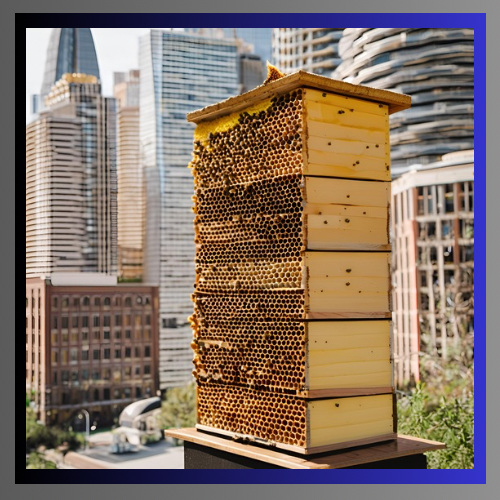
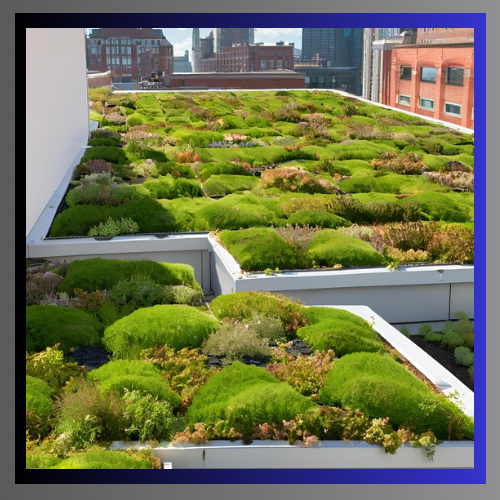
Addressing Challenges and Encouraging Coexistence
1. Fostering Wildlife: Friendly Urban Environments
Cities can adopt approaches to create spaces that are conducive to urban wildlife. Some strategies include:
• Implementing Green Roofs and Walls: Adding greenery to buildings creates habitats for birds, insects and small mammals.
• Creating Wildlife Corridors: Connecting fragmented habitats allows animals to move between areas safely promoting diversity and minimizing conflicts.
• Promoting Native Plant Species: Incorporating plants into city landscaping supports wildlife by providing food sources and shelter.
2. Community Involvement and Education
Engaging the public in conservation efforts for wildlife is essential. Educational initiatives can enhance awareness about the significance of wildlife preservation. Promote harmonious cohabitation.
Engaging residents in citizen science initiatives, where they participate in monitoring and collecting data can also have an impact on managing wildlife in areas.
3. Policy and Strategy
Urban development plans and policies should take into account the conservation of wildlife. This involves safeguarding existing spaces enforcing wildlife construction regulations and considering the requirements of local wildlife in development projects. Policies aimed at reducing light and noise pollution can also be advantageous for wildlife.

In Conclusion
The presence of wildlife in settings demonstrates natures resilience and adaptability. As cities expand it will be crucial to understand and support the needs of wildlife. By establishing habitats addressing conflicts and nurturing a bond, between people and the natural world we can ensure that cities remain ecosystems where both humans and wildlife thrive.
References
1. Urban Wildlife. https://www.nationalgeographic.com/
2. Helping Birds Near You. https://www.rspb.org.uk/birds-and-wildlife/helping-birds-and-wildlife


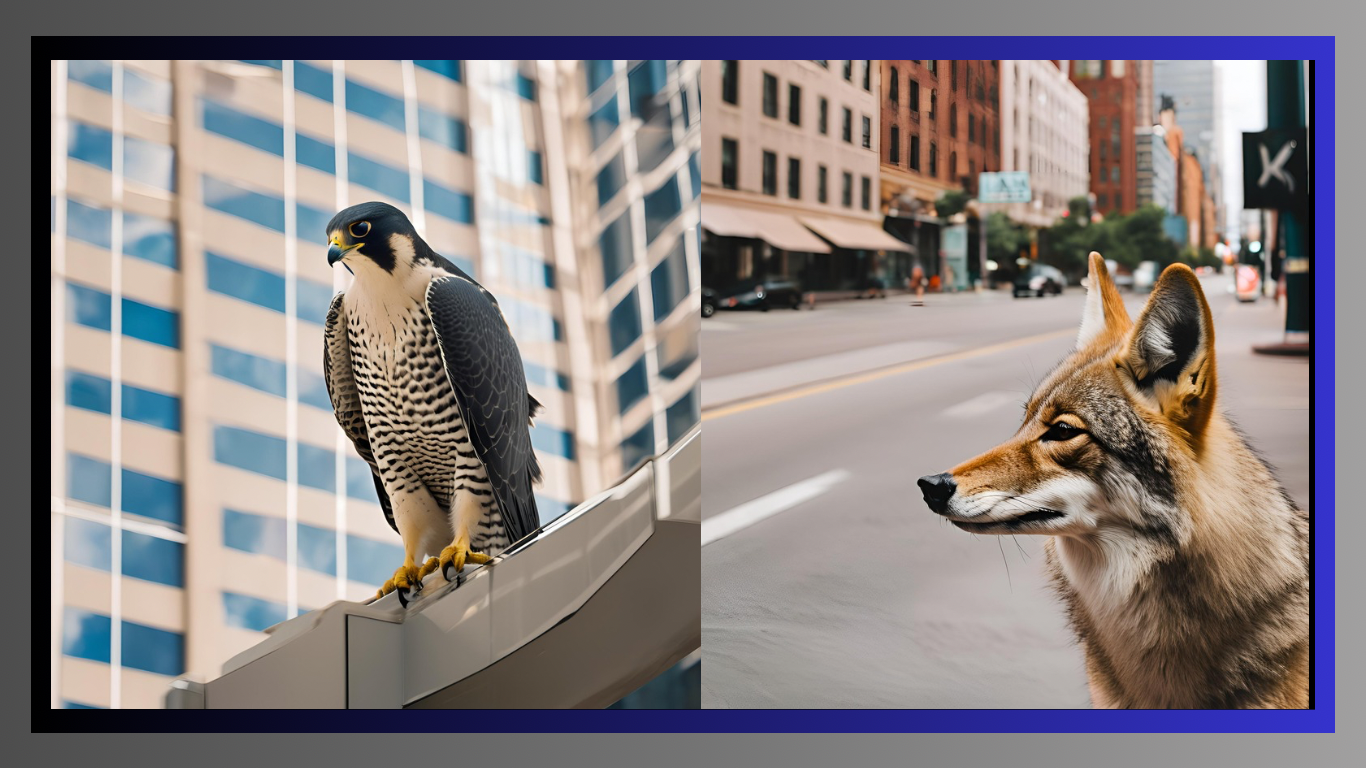


Your article helped me a lot, is there any more related content? Thanks!
Thanks for sharing. I read many of your blog posts, cool, your blog is very good.
Thank you, your article surprised me, there is such an excellent point of view. Thank you for sharing, I learned a lot.